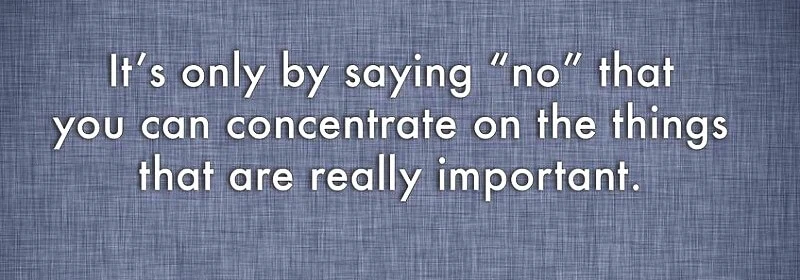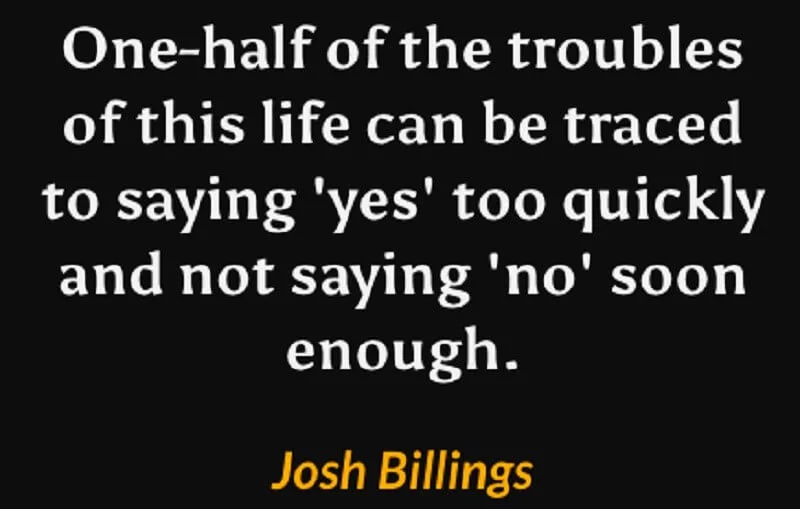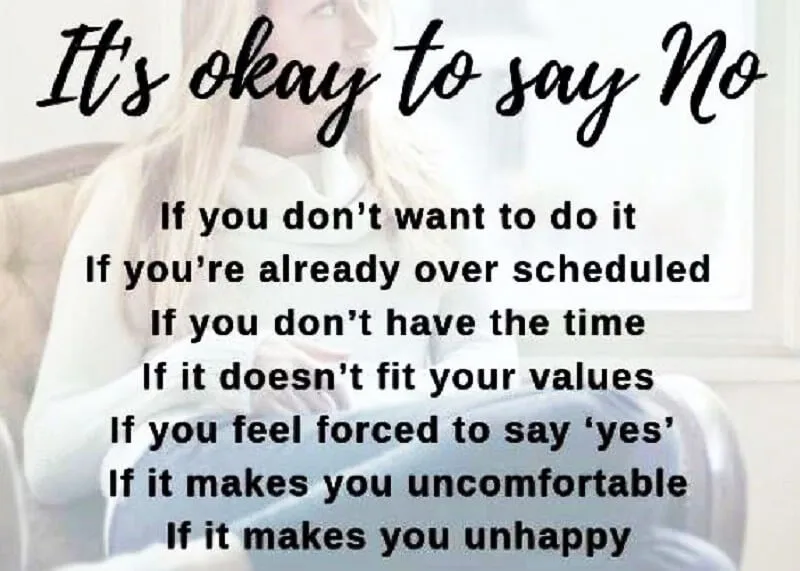Introduction
Imagine a life where you could say “no” without feeling guilty, where your time is your own, and where you no longer feel the pressure to meet everyone else’s expectations. That’s the promise of The Art of Saying No PDF. This transformative guide delves into the importance of saying no and how mastering this skill can lead to a more fulfilling and balanced life.
| Name of PDF | The Art of Saying No |
|---|---|
| No Pages | 209 |
| Author | Damon Zahariades |
| Published | 2017 |
| Language | English |
| Genres | Self-help book |
| Size | 0.3 MB |
| Chek, latest edition |
Table of Contents

The Concept of Saying No
Saying no is more than just uttering a word; it’s a powerful act of self-respect and autonomy. When you say no, you’re prioritizing your needs and values over others’ demands. Unfortunately, many view it as negative or selfish. However, it’s essential for maintaining healthy boundaries and personal well-being.
Why People Struggle to Say No
Why is it so hard to say no? Fear of rejection is a significant factor. Many worry that saying no will make others think less of them. There’s also a deep-seated desire to please people, often stemming from childhood experiences or cultural norms. Society frequently pressures us to be agreeable and helpful, making it difficult to assert our boundaries.
The Impact of Not Saying No
When you consistently say yes to everything, you risk overextending yourself. Personally, this can lead to burnout and resentment. Professionally, it might mean taking on too much work, leading to poor performance and stress. Emotionally, the inability to say no can result in anxiety, frustration, and a sense of loss of control over your life.
Understanding Your Boundaries
To effectively say no, you must first understand your boundaries. This involves recognizing your limits and what you’re comfortable with. Self-awareness is crucial here. Take time to reflect on your values and priorities. Knowing these helps you make decisions that align with your true self, rather than out of obligation or fear.
Techniques for Saying No
There are various strategies to say no without causing offense or feeling bad about it. One approach is polite refusals, which involves being respectful yet firm. Assertive communication is another way to clearly and confidently express your refusal. Non-verbal cues, such as maintaining eye contact and a steady tone, also reinforce your message.
Real-life Scenarios and How to Handle Them
Saying no to family and friends can be particularly tough. You might worry about hurting their feelings. However, it’s essential to remember that true relationships thrive on honesty. When it comes to refusing extra work or unreasonable demands, clarity is key. Explain your current workload and why you can’t take on more. For declining social invitations, a simple yet firm response works best. You don’t need to provide an elaborate excuse.

Overcoming the Fear of Saying No
Building confidence in saying no takes time and practice. Start small and gradually tackle more challenging situations. Practicing self-compassion is also vital. Understand that prioritizing your well-being isn’t selfish; it’s necessary. Remind yourself that your needs are just as important as anyone else’s.
The Benefits of Saying No
Embracing the art of saying no brings numerous benefits. You’ll find you have more time to focus on what truly matters to you, whether it’s a hobby, a goal, or simply rest. Your self-respect will grow as you consistently honor your boundaries. Additionally, your relationships will become healthier and more authentic, based on mutual respect and understanding.
How to Handle Reactions to Your
People might not always react positively to your no, and that’s okay. It’s natural to feel guilty, but it’s important to manage this guilt constructively. Reflect on why you said no and reaffirm your decision. Handling others’ disappointment involves empathy but also firmness. Acknowledge their feelings but stand by your choice.
The Role of Empathy in Saying No
Empathy plays a crucial role in balancing assertiveness with understanding. When you say no, consider the other person’s perspective. This doesn’t mean you should cave into their demands, but rather communicate your refusal with compassion. Showing that you understand their needs while maintaining your boundaries can ease the situation.
Practical Exercises to Practice Saying No
To master saying no, engage in practical exercises. Role-playing scenarios with a friend can help you practice different ways to refuse requests. Journaling experiences where you successfully said no can reinforce your progress. Mindfulness techniques such as deep breathing can calm your nerves when preparing to say no.
Success Stories: People Who Mastered the Art of Saying No
Many people have transformed their lives by mastering the art of saying no. For instance, professionals who learned to set boundaries reported higher job satisfaction and less stress. In personal stories, individuals found that saying no helped them pursue passions and improve their mental health. These success stories highlight the profound impact of this simple yet powerful skill.
The Journey of Writing The Art of Saying No
The author of The Art of Saying No brings a wealth of experience and personal anecdotes to the table. Motivated by their struggles with overcommitment and burnout, they set out to explore and share strategies for saying no effectively. Their journey adds authenticity and depth to the book, making it a relatable and practical guide.

Conclusion: The Art of Saying No PDF
In conclusion, mastering the art of saying no is essential for a balanced and fulfilling life. By understanding your boundaries, employing effective techniques, and practicing regularly, you can transform your interactions and overall well-being. Remember, saying no is not about being selfish; it’s about valuing yourself and your time. So, start today and see the positive changes unfold.
FAQs about The Art of Saying No PDF
Is it selfish to say no?
No, saying no is not selfish. It’s about respecting your own needs and boundaries.
How can I say no without feeling guilty?
Practice self-compassion and remind yourself of your reasons. Over time, the guilt will lessen.
What if someone reacts badly to my no?
Stay firm but empathetic. Acknowledge their feelings, but stick to your decision.
Can saying no improve my mental health?
Yes, setting boundaries can reduce stress and prevent burnout, leading to better mental health.
How often should I practice saying no?
Regular practice in various situations will help you become more comfortable and confident.
What is the power of saying no?
create more mental health stability by helping with self-care and build your self-esteem and confidence by setting boundaries
What is an example of the art of saying no?
“Sorry, no. I’m really busy with my own tasks right now. If you still need help by the end of the week, please let me know. I can offer my help then.”
What is the art of learning to say no?
gives you more control and lets you establish your own boundaries





